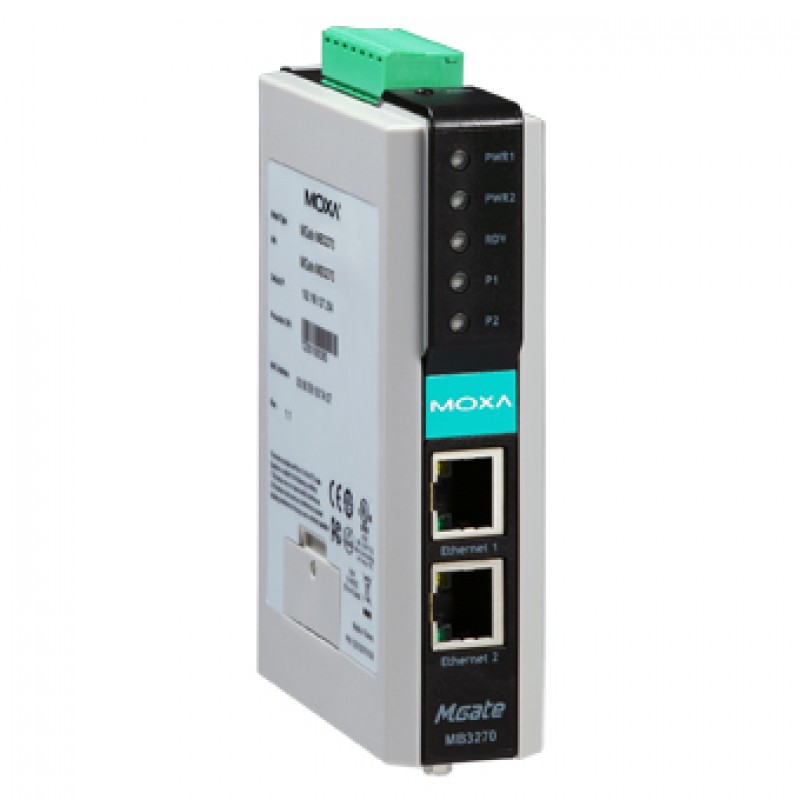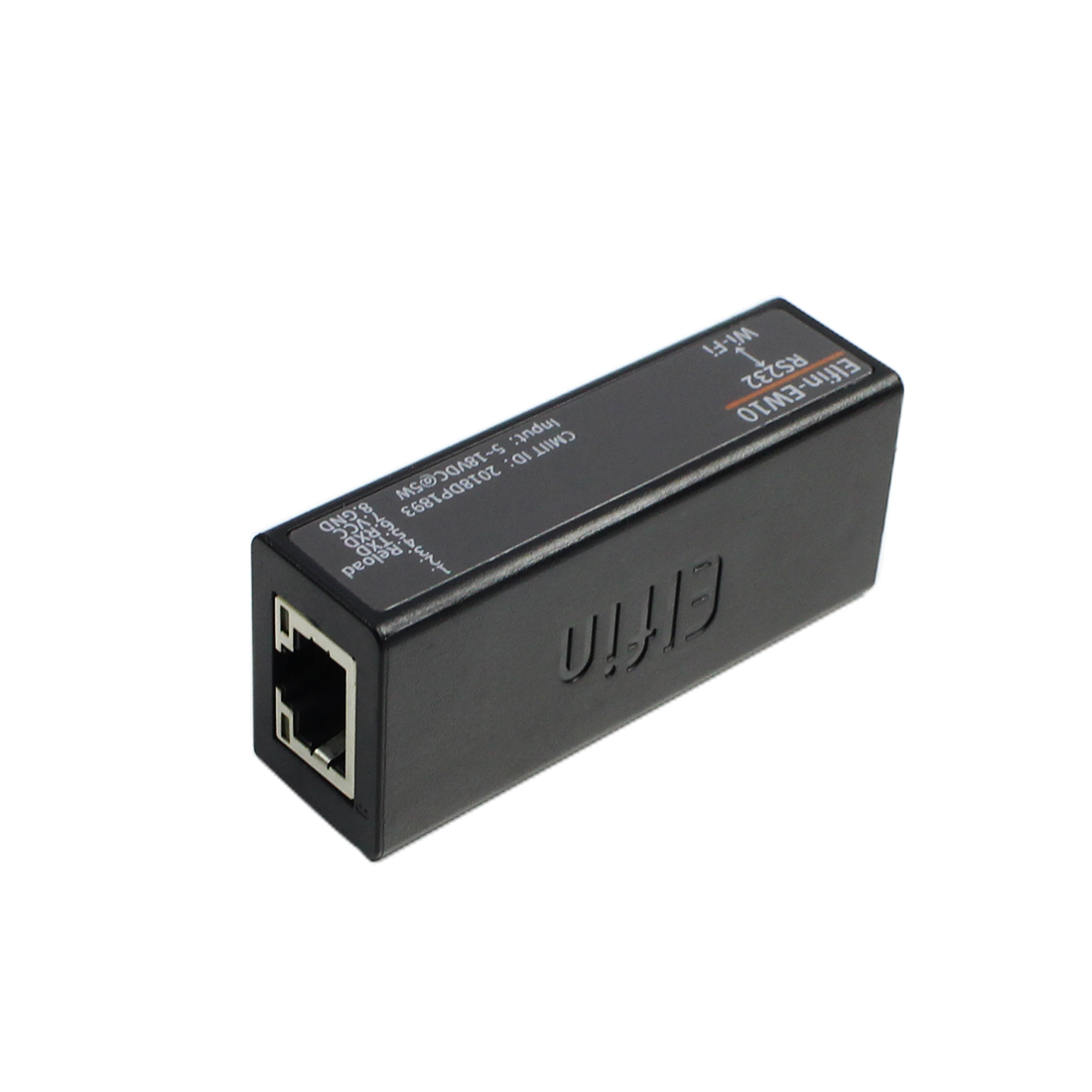

Modbus Gateway is a converter that can convert Modbus RTU data to Modbus TCP data. Modbus protocol can be divided into two types: Modbus RTU based on RS485 (or ASCII) and Modbus TCP based on Ethernet. You can convert between Modbus RTU/ASCII and Modbus TCP. Modbus gateways are also known as Ethernet communication gateways. Modbus TCP has the following advantages over RTU due to the limitations of the RS485 bus interface: (1) An existing Ethernet network can be used, reducing the cost of RS485 wiring. |Operation speed depends upon the line’s length|Modbus/TCP is transmitted at the speed of an Ethernet connection.|Ī Modbus gateway is a device that converts Modbus RTU data to Modbus TCP data. It can connect to an intranet/internet network that already exists.| It is dependent on the communication cable’s capacity Modbus TCP/IP can easily integrate and can be used various EtherNet networking equipment such as an intranet, internet.Ĭan connect up to 32 devices in one segmentĬan connect up to 256devices in one segmentĪt baud rates up to 90Kbps, RS-485 has a maximum distance of 1.2km without the use of a repeater. Many inverters, meters, and sensor manufacturers support RTU, which has been around for a long time. TCP/IP stands for Transmission Control Protocol and Internet Protocol and Serves as a transport medium for Modbus TCP/IP messaging. No matter the delivery medium, the Modbus messaging framework is a utility protocol that defines regulations for organizing and decoding statistics. Modbus TCP/IP (also known as ModbusTCP) is a Modbus RTU protocol that runs over an Ethernet network with a TCP interface. This protocol permits us to link or integrate Modbus-compatible devices with new or present track and control applications.
#MODBUS SERVER PORT SERIAL#
Because of its simplicity, the basic 16-bit Modbus RTU check-in structure can store floating-point, tables, ASCII text, queues, and other unrelated facts.Įvery commercial SCADA, HMI, OPC Server, and data acquisition software program in the marketplace supports this protocol, which primarily uses RS-232 or RS-485 serial interfaces for communications. The messages’ simplicity ensures their reliability.

Modbus RTU messages are a 16-bit structure with a CRC checksum (Cyclic-Redundant Checksum). Building Management Systems (BMS) and Industrial Automation Systems (IAS) both use Modbus RTU (IAS). Because of its simplicity and reliability, it is a widely used serial-level protocol. Schneider Electric, formerly known as Modicon, developed Modbus RTU, an open serial protocol based on the master-slave architecture. However, the two most commonly used protocols are the Modbus Remote Terminal Unit (RTU), the serial (RS232 or RS485) protocol, and the Modbus Transmission Control Protocol (TCP/IP) and the Internet Protocol. The Modbus protocol has many protocol options. Please contact us for further information.Modbus is a master-slave/client-server messaging framework developed by Modicon. Support for Modbus RTU is provided by external gateways. Modbus TCP multi-node I/O module that simulates up to 32 servers Modbus TCP I/O module that acts as one server Modbus TCP I/O module that acts as one client IO75x I/O modules do not require run-time licenses. This solution ensures deterministic transmission of client queries and short response times to queries in the server because the protocol stack runs on the I/O module. One module acts either as a single Modbus TCP node or a whole network of Modbus nodes.
#MODBUS SERVER PORT SERIES#
The IO75x I/O module series provides dedicated Modbus TCP I/O modules for single-node and multi-node applications. Performance, Mobile and Baseline real-time target machinesīaseline and Unit real-time target machines In addition to onboard Ethernet support, native Modbus TCP is compatible with the following Ethernet I/O modules: Product Performance, Mobile, Baseline, and Unit real-time target machines The following native implementations are available: Product Native Modbus TCP support is available with MATLAB R2020b and later.

Each Modbus node requires a run-time license.

One Ethernet port can handle the data transmission of multiple Modbus nodes configured in the real-time application (client, server, or both). This is supported with onboard Ethernet interfaces and plug-in Ethernet I/O modules.


 0 kommentar(er)
0 kommentar(er)
